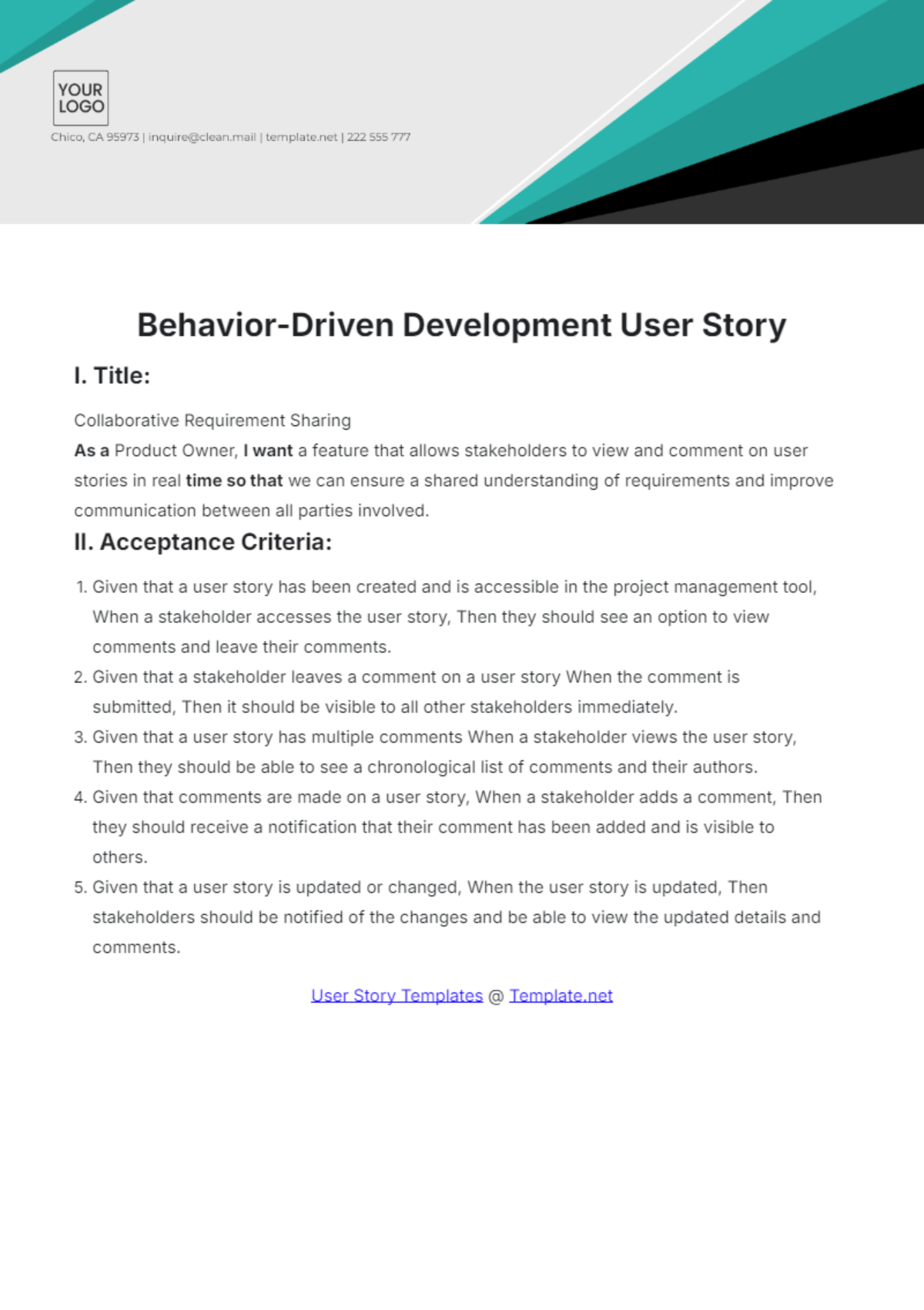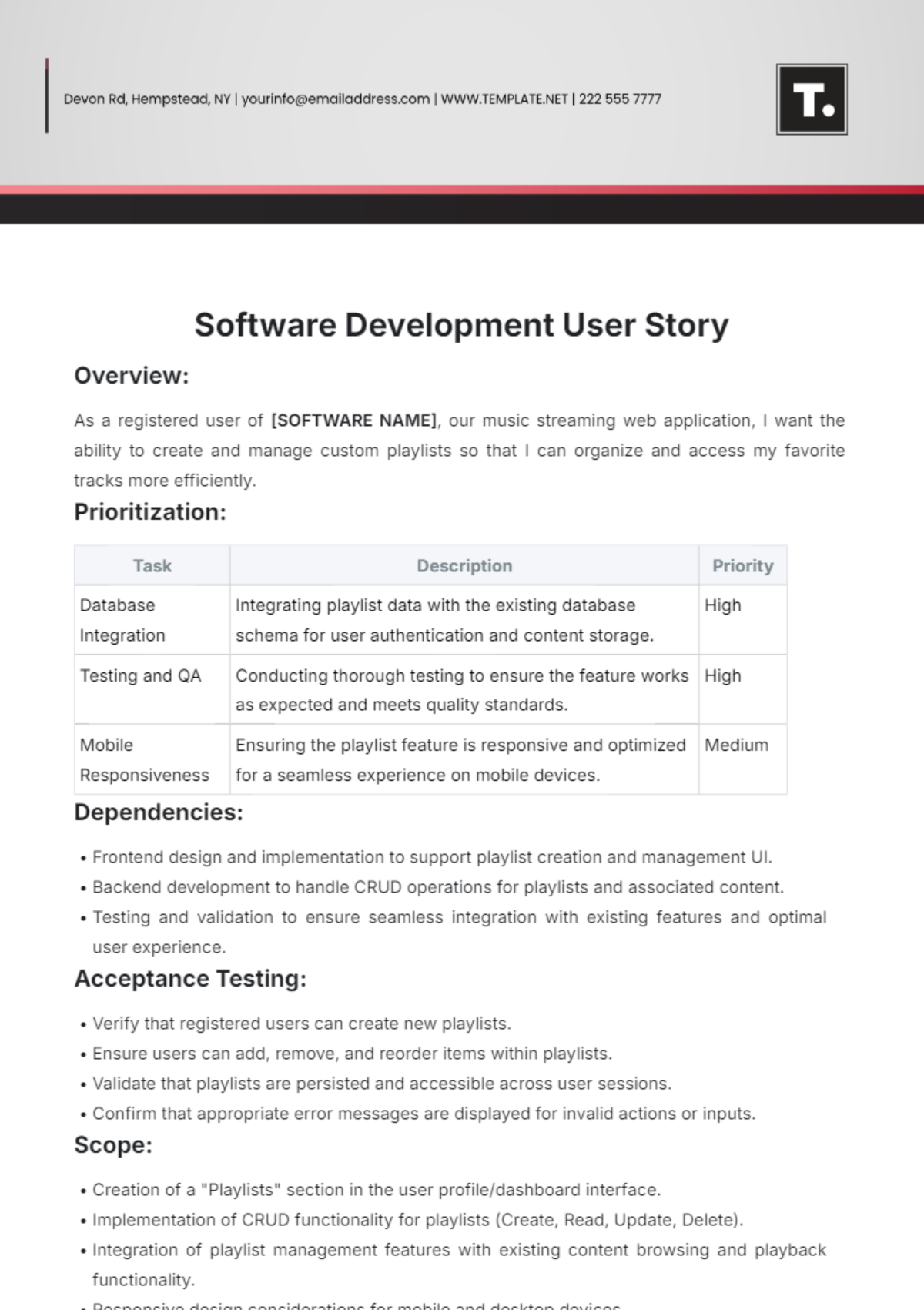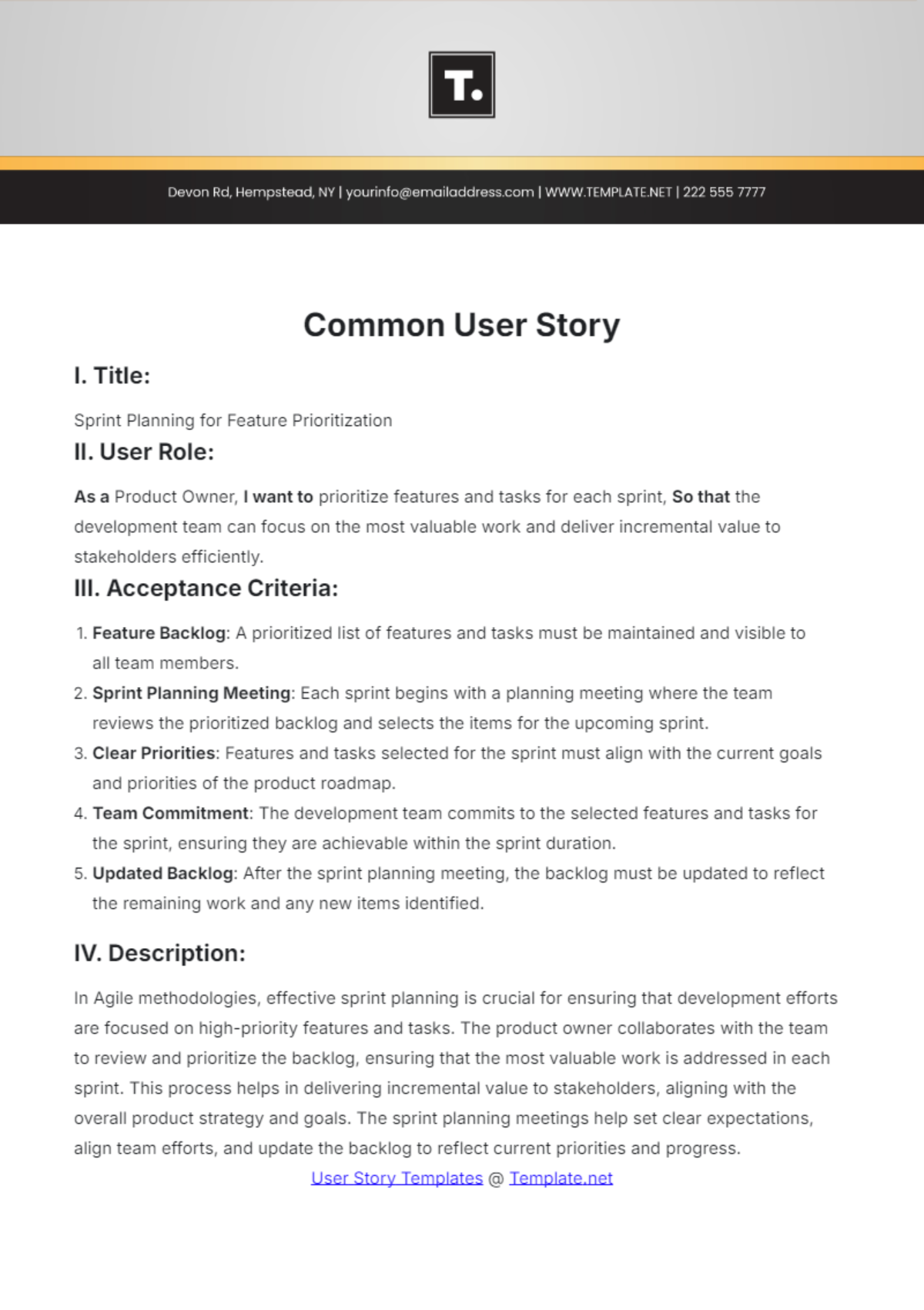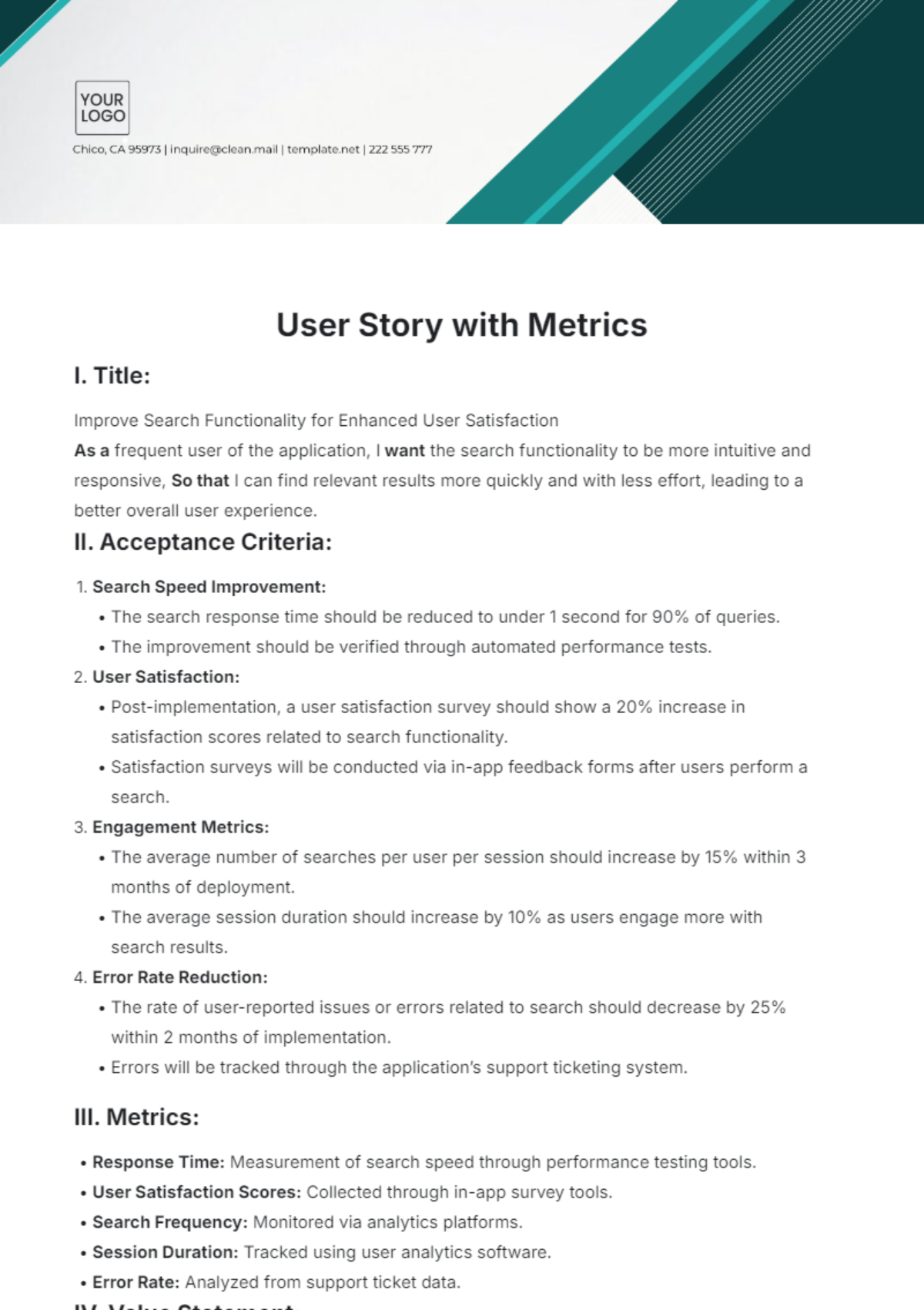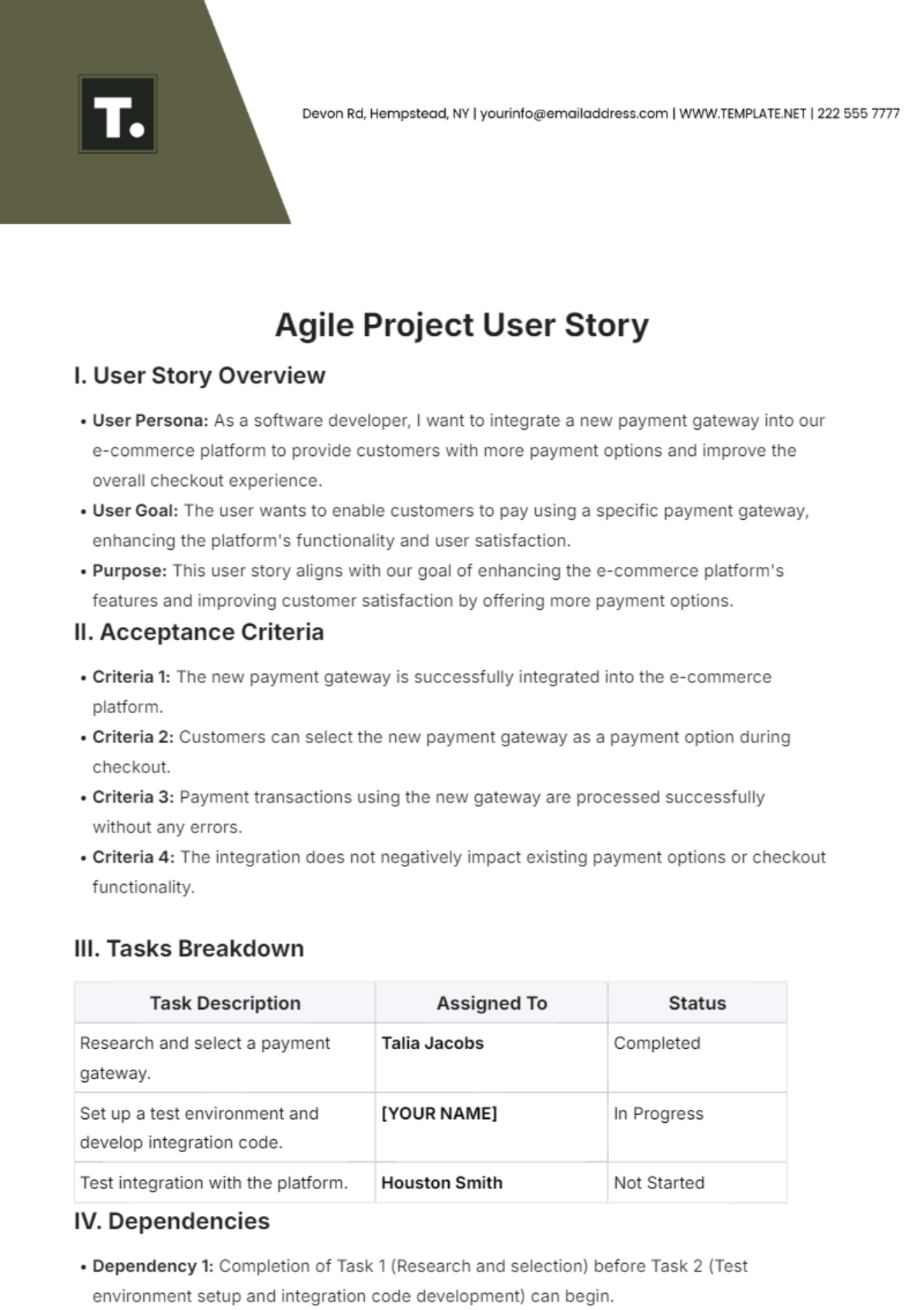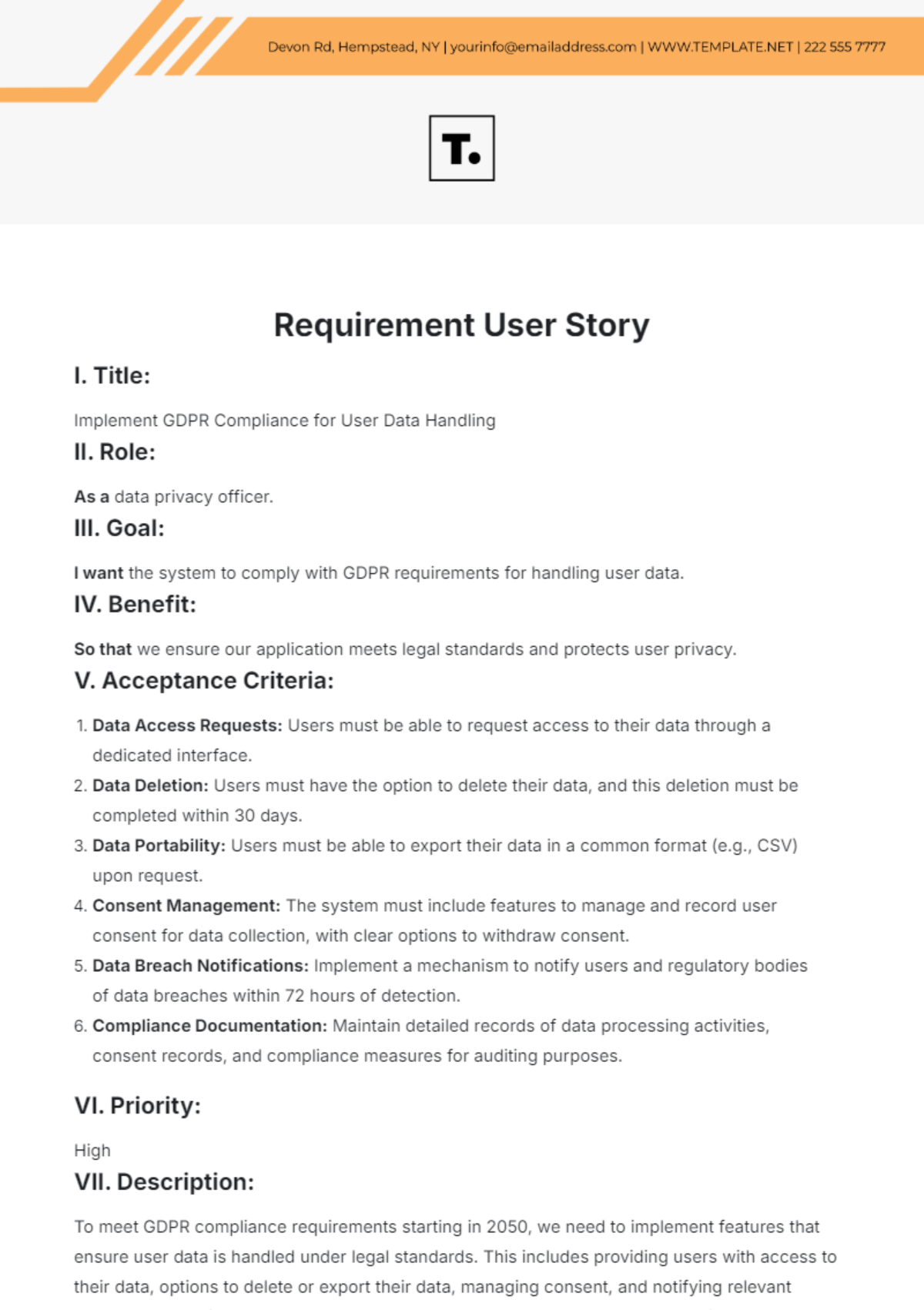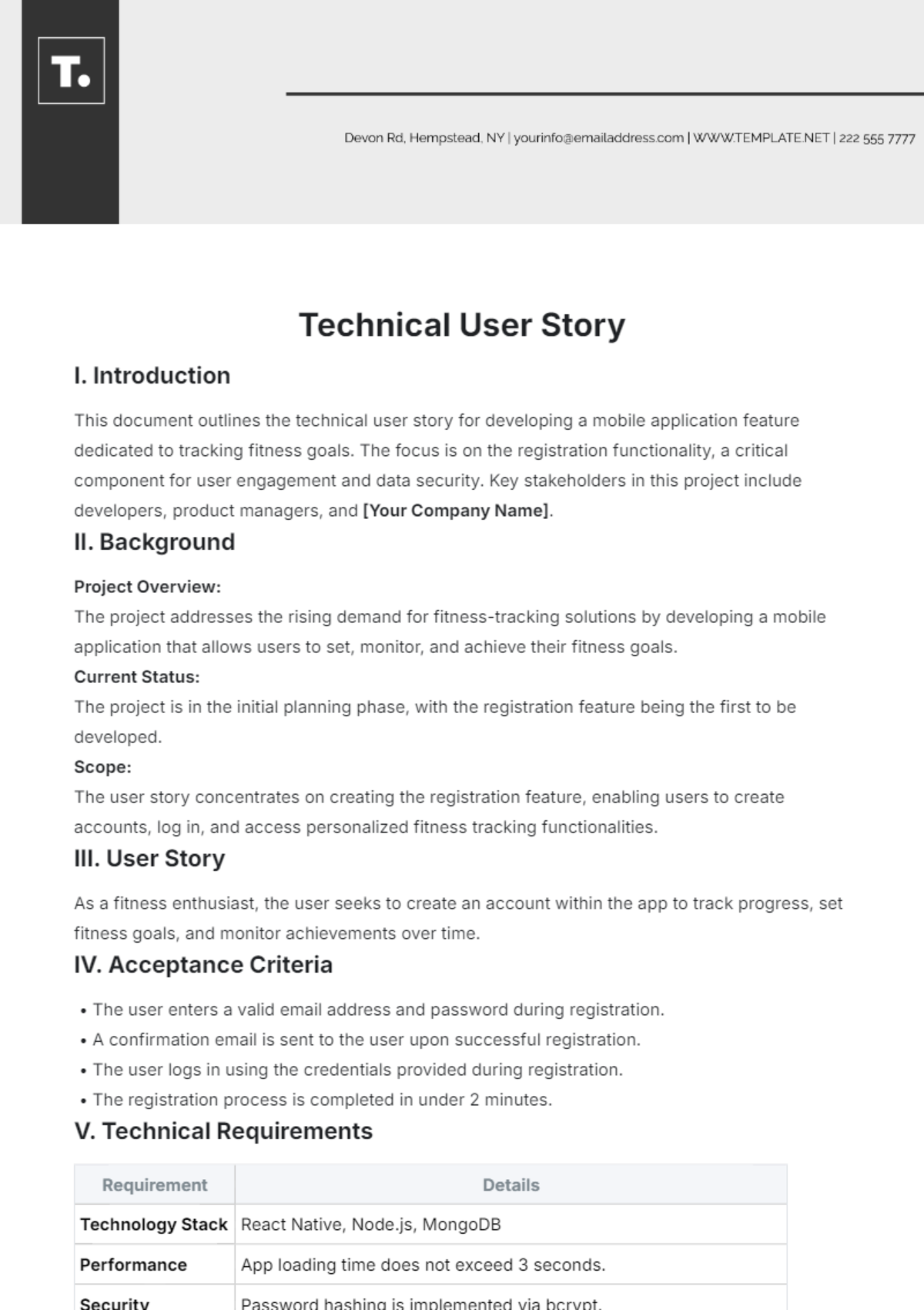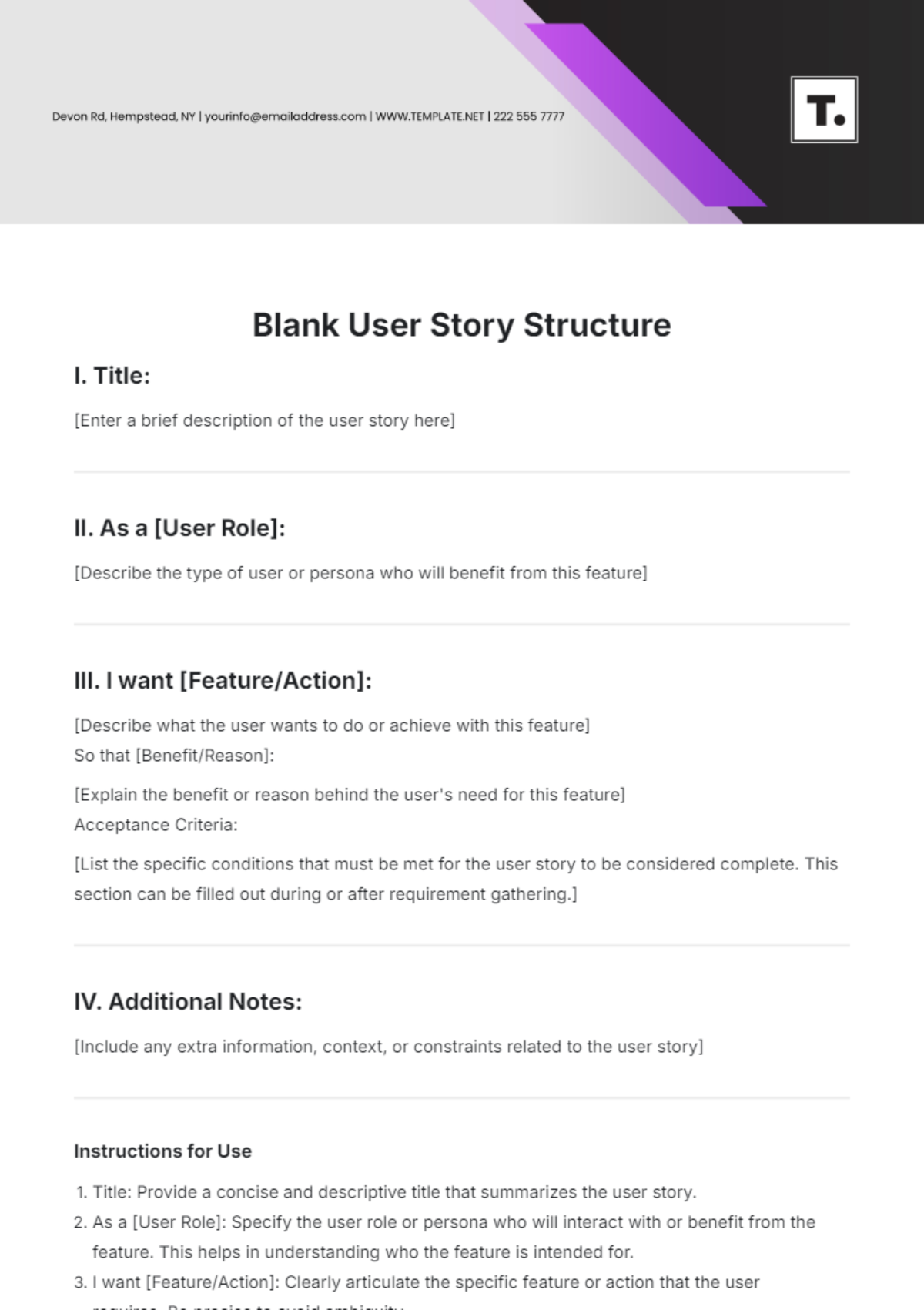Durga Puja History
Durga Puja, one of the most celebrated festivals in India, especially in West Bengal, traces its origins back to ancient times. The festival is centered around the worship of Goddess Durga, who, according to Hindu mythology, defeated the buffalo demon Mahishasura, symbolizing the triumph of good over evil. While the worship of Durga can be found in ancient texts like the Devi Mahatmya (dating back to the 6th century), Durga Puja in its modern form became popular during the medieval period. It is believed that the first Durga Puja as a grand public celebration was initiated by wealthy landlords, known as zamindars, in Bengal in the late 16th century. One of the earliest documented pujas was organized by Raja Kangshanarayan of Taherpur in 1580.
By the 18th century, Durga Puja had spread throughout Bengal and was celebrated lavishly by the aristocracy. The British colonial period further transformed the festival. It became an opportunity for the emerging Bengali elite, known as the babus, to showcase their wealth and social status. During this time, Durga Puja became a platform for social and political gatherings, with British officials often attending the grand festivities hosted by prominent Bengali families. However, the religious significance remained paramount, as the festival’s rituals and traditions were meticulously followed, with grand idol-making and puja offerings becoming central aspects of the celebration.
The most significant transformation of Durga Puja came in the early 20th century, when it shifted from being a private, aristocratic celebration to a community festival (sarbojanin puja). This movement was driven by the growing nationalist sentiments in Bengal. In 1910, the first community-based Durga Puja was organized in Kolkata, and this marked the beginning of the mass participation that we see today. It became a symbol of unity and collective strength, with neighborhoods (para) forming committees to organize the festival, thereby democratizing the celebration.
As India moved towards independence, Durga Puja gained even more prominence as a platform for expressing political ideas and rallying support for national causes. After independence, the festival expanded further, becoming a state-wide, and eventually a national and international, cultural event. Today, Durga Puja is celebrated not just for its religious significance, but also as a showcase of Bengali art, culture, and community spirit. With the inclusion of Durga Puja in Kolkata on UNESCO’s Representative List of the Intangible Cultural Heritage of Humanity in 2021, the festival has gained global recognition as one of the most important cultural celebrations in the world.












